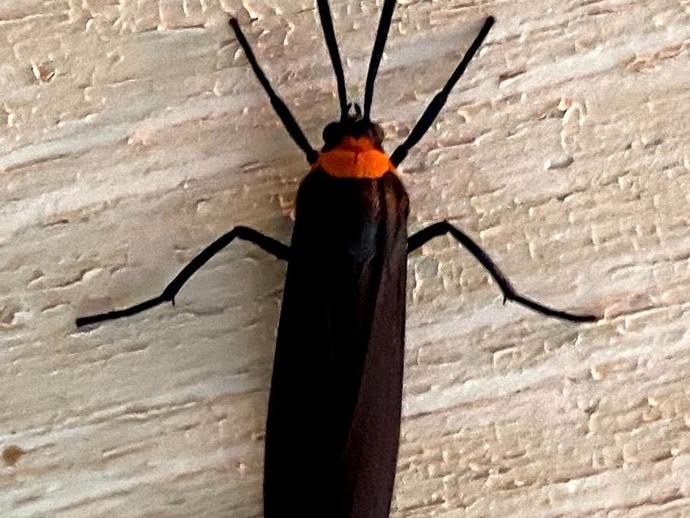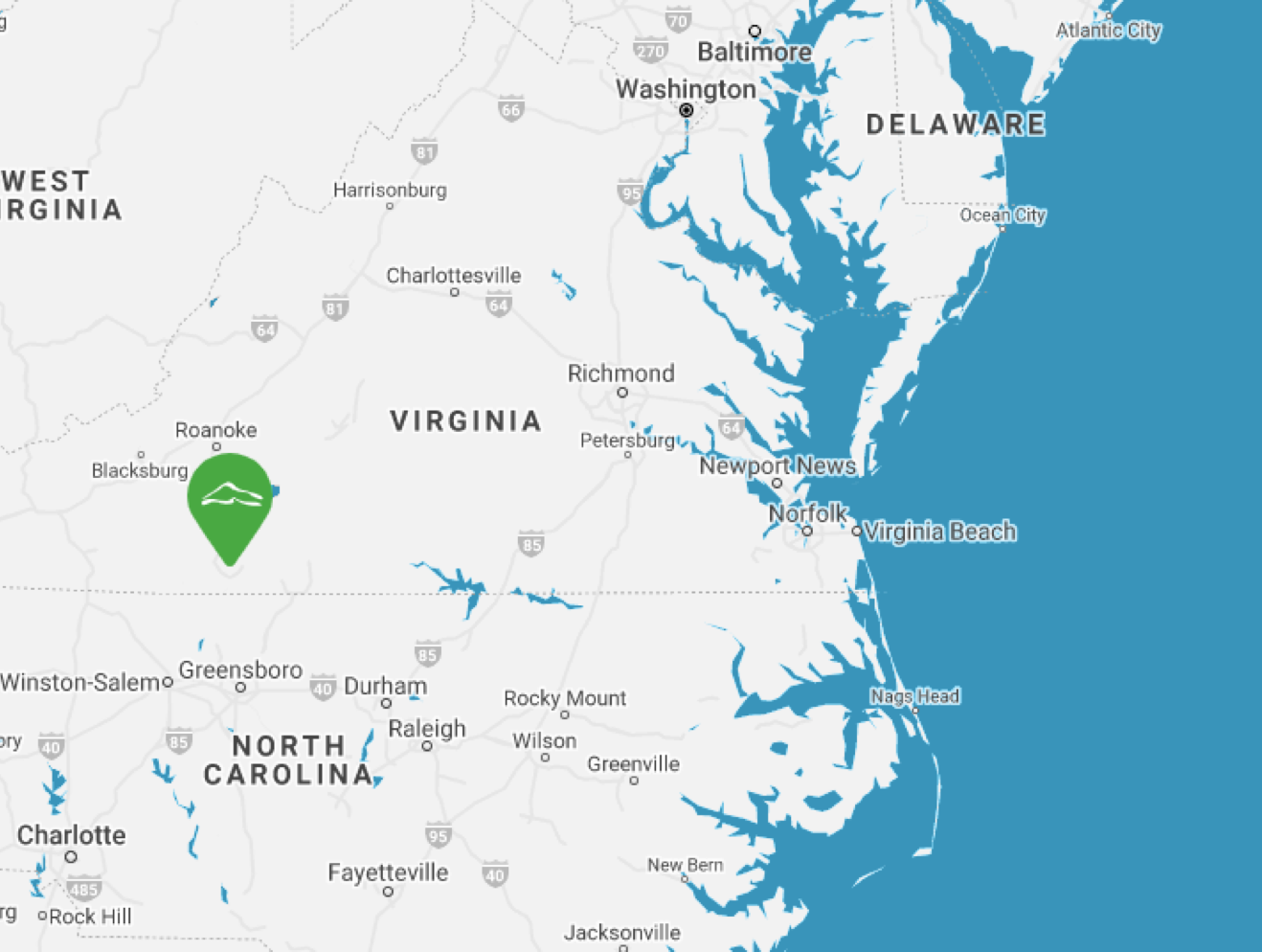November 25, 2020
Ben here with the Wednesday edition of #BenInNature! The yellow-collared scape moth (Cisseps fulvicollis) is an oddly-named little moth considering that its collar is usually bright orange, not yellow. It was described by entomologist Jacob Hübner in 1818, although I can't find anything online regarding whether or not he was colorblind.
This moth can be found throughout much of the U.S. and even into Canada, and it's fairly common within its range, especially in the southeastern U.S. When its wings are raised, they reveal an abdomen that's a metallic blue color; it could almost be mistaken for a wasp!
These moths are active during the day in late spring and summer and serve as important pollinators. Some of their preferred plants are the Joe-Pye weeds (genus Eutrochium), which contain toxic alkaloids. The males absorb the toxins and pass them along to the females, and the females in turn pass them along to the eggs, giving them a chemical defense against predators!
ABOUT #BenInNature
Social distancing can be difficult, but it presents a great opportunity to become reacquainted with nature. In this series of posts, Administrator of Science Ben Williams ventures outdoors to record a snapshot of the unique sights that can be found in the natural world. New updates are posted Monday - Friday, with previous posts highlighted on the weekends.
NEW: TRIVIA CHALLENGE
You've seen the posts. You've learned the facts. Now, it's time to prove you are a #BenInNature Mega Fan! The museum's education team has developed the #BenInNature Trivia Challenge to identify the most devoted fans out there! Everyone who successfully answers each trivia question correctly will be congratulated by having your own nature selfie posted to the museum's #BenInNature Mega Fan Photo Album on the official VMNH Facebook page! Learn more and download the trivia challenge today by visiting www.vmnh.net/research-collections/beninnature-trivia-challenge.
NATURE PHOTO IDENTIFICATIONS
If you discover something in nature that you would like help identifying, be sure to message us right here on Facebook with a picture (please include location and date of picture) and we'll have our experts help you identify it!

 Hours & Admissions
Hours & Admissions Directions
Directions

